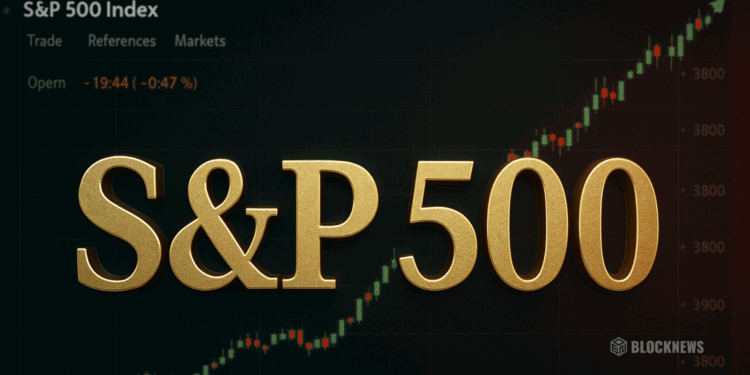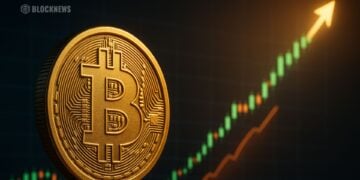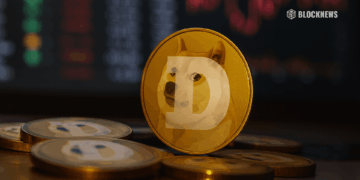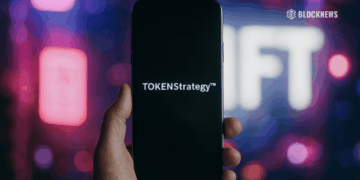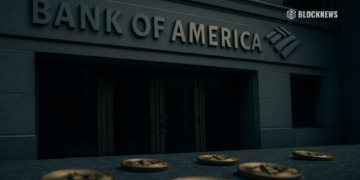- S&P 500 and Nasdaq hit new records, lifted by AI-driven optimism despite Nvidia’s slight miss.
- Nvidia’s 56% revenue jump confirmed strong AI demand, while Microsoft, Meta, Amazon, and Broadcom posted gains.
- Rate cut expectations above 80% continue to fuel Wall Street, with inflation data now in focus.
The S&P 500 notched another record on Thursday, fueled by continued investor enthusiasm around artificial intelligence, even as Nvidia’s latest earnings fell just short of the street’s lofty expectations. Nvidia’s revenue jumped 56% year-over-year, confirming AI demand is holding strong, but shares dipped nearly 1% after the company excluded potential China sales from its forecast amid trade uncertainties.
Even with that slight pullback, markets took the report as further evidence that the AI wave isn’t slowing down. The tech-heavy Nasdaq rose 0.54% to 21,705.67, while the S&P 500 gained 0.25% to close at 6,497.88, both hitting fresh record highs. The Dow Jones inched up 0.05% to 45,587.83.
Nvidia Earnings Keep AI Momentum Alive
“Nvidia is such an outlier that to say it was a disappointing print is only against the bar of borderline impossible expectations,” said Ross Mayfield, investment strategy analyst at Baird. He stressed that the structural driver—artificial intelligence—remains firmly intact.
Other AI heavyweights followed Nvidia’s lead: Microsoft and Meta Platforms both gained about 0.5%, Amazon climbed 1.1%, and chipmaker Broadcom surged 3%. The rally extended across the market, with six of 11 S&P sector indexes finishing higher, led by communication services and information technology.
Fed Outlook and Inflation Watch
Wall Street’s surge has also been supported by growing expectations that the Federal Reserve will cut rates soon. Traders now see over an 80% chance of an interest rate cut at the Fed’s September meeting, according to CME’s FedWatch tool.
Still, all eyes are on Friday’s Personal Consumption Expenditures (PCE) report, the Fed’s preferred inflation gauge. Any hint of inflation ticking higher could cool rate-cut optimism and, by extension, the market’s momentum.


